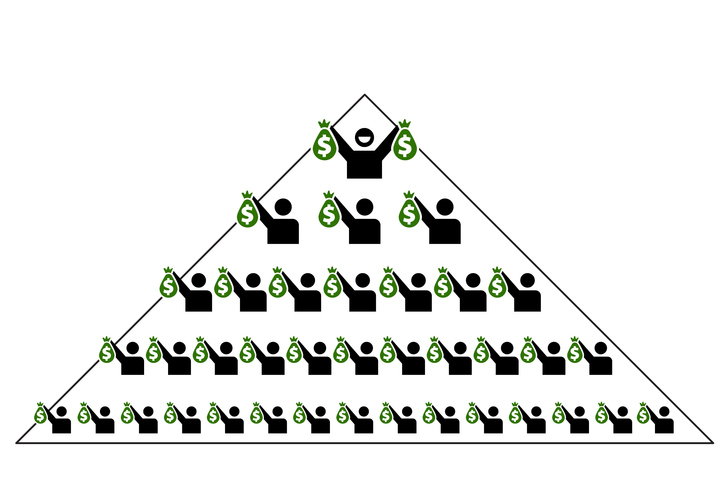Historical Perspective on Recovery from Major Downturns
Historical evidence demonstrates market resilience. Despite significant downturns like the Great Depression (79% decline), the “Lost Decade” of the early 2000s (54% cumulative loss), the 2020 COVID-19 crash, and the December 2021 downturn, markets have consistently recovered. The average recovery period for major US market crashes has been approximately two years, with more recent downturns seeing faster recoveries.
A significant advantage for 401(k) investors is the typically long timeframe until retirement. With many retiring in their early to mid-sixties, those in their 20s through 40s have substantial time to benefit from the smoothing effect of long-term investing. Historical evidence shows that investors who maintain positions during downturns ultimately benefit from subsequent recoveries. Since 1950, the S&P 500 has experienced 13 instances of 20%+ declines, averaging 33% drops lasting 338 days, but the bull markets that followed have been robust and lasted considerably longer.
The Perils of Emotional Investing
Emotional investing during market downturns can be detrimental to long-term returns. Selling during declines crystallizes losses and prevents participation in the subsequent rebound. Market timing is exceedingly challenging even for professionals, and studies show that missing even a few of the market’s best days can significantly erode overall returns. Many substantial gains occur in the early stages of recovery, often during or shortly after bear markets.
Benefits of Dollar-Cost Averaging During Market Downturns
For 401(k) investors making regular contributions, dollar-cost averaging works advantageously during volatility. This strategy involves purchasing more shares when prices are lower and fewer when prices are higher. During market declines, consistent contributions allow investors to acquire more assets at reduced costs, potentially enhancing long-term returns when markets recover.
When faced with volatility, investors should review their asset allocation rather than react impulsively. Younger investors might maintain higher equity allocations, while those nearing retirement might prefer more conservative approaches. Proper diversification across various asset classes is crucial, as different assets perform differently under various market conditions. Target-date funds can automatically adjust asset allocation over time for those who find managing their own allocations challenging.
Investors Should Focus on Aspects They Can Control
Continue consistent contributions regardless of market fluctuations, maximize employer matches, and potentially increase contribution rates during downturns to take advantage of lower prices. It is advisable to limit consumption of financial news during volatile periods, as constant information can amplify anxiety and lead to emotional decisions.
In conclusion, market volatility is unavoidable but should not cause undue alarm. By remaining calm, avoiding emotional reactions, leveraging dollar-cost averaging, maintaining diversification, and focusing on controllable factors, 401(k) investors can effectively navigate market swings and benefit from the market’s long-term upward trend to achieve their financial goals.




























